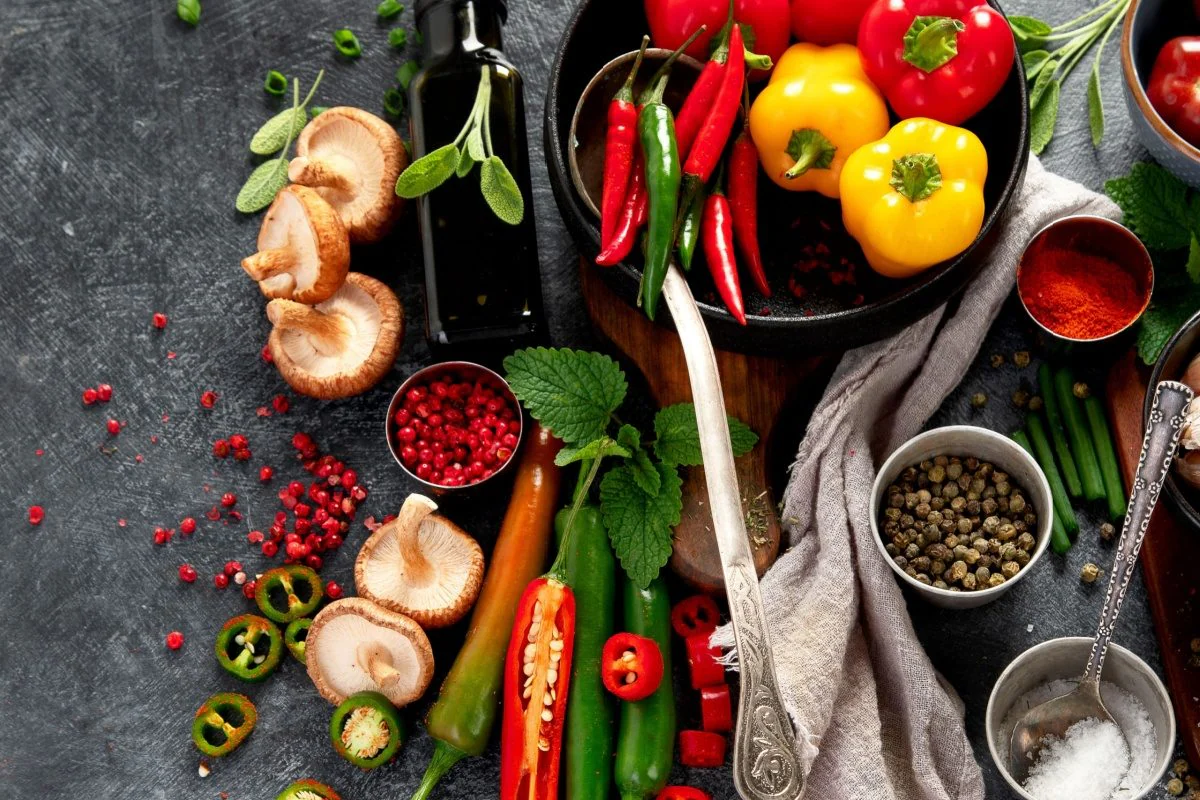Oct 24,2024

In the ever-evolving world of food and hospitality, professional kitchens are witnessing a significant shift in ingredient selection, driven by the need to meet the increasingly diverse preferences of consumers. Chefs and culinary experts are now prioritizing ingredients that are flexible, efficient, and adaptable to a wide variety of dishes and dietary needs. This trend not only responds to consumer demands for customization but also reflects the growing complexity and dynamism of global cuisine.
Versatility to Meet Diverse Palates
Aman Arora, Managing Partner, Chicken-Inn, highlights how versatile ingredients are transforming the culinary landscape. “The increasing use of versatile ingredients in professional kitchens reflects the growing demand for diverse food experiences,” explains Arora. Ingredients such as paneer, chaap, and aromatic spices have become indispensable in kitchens that aim to cater to a broad range of tastes. Whether chefs are preparing rich North Indian curries or crafting lighter Chinese stir-fries, these adaptable ingredients allow them to effortlessly switch between cuisines while maintaining distinct, authentic flavors.
According to Arora, the key to this shift lies in the flexibility of these ingredients, which can be transformed into multiple dishes without losing their unique characteristics. For instance, marinated meats and base sauces are used across a variety of cuisines, from indulgent Mughlai dishes to delicate continental preparations. This not only helps professional kitchens offer a wider array of dishes but also simplifies processes, reduces waste, and improves operational efficiency — all critical factors in today’s competitive hospitality industry.
Catering to Customization and Personalization
Arora also points out that the rise of versatile ingredients plays a crucial role in addressing the growing consumer demand for customization. “Customers today seek dishes that match their personal taste preferences or dietary restrictions,” he notes. With adaptable ingredients, chefs can easily modify recipes to accommodate vegetarian, vegan, gluten-free, or low-calorie requests, offering a more personalized dining experience. By focusing on such versatility, kitchens can create memorable meals while respecting culinary heritage and evolving consumer trends.
Consistency and Quality in Culinary Creations
Pankaj Chaturvedi, Managing Director, Rich Products & Solutions Pvt. Ltd, adds that the versatility of ingredients is not just about flexibility in recipe creation, but also about ensuring consistency and quality across dishes. “Culinary experts are increasingly opting for components that can deliver consistent quality and adapt to a diverse array of dishes, be it international cuisines or local favorites,” he says. Ingredients such as high-quality cooking creams and dairy alternatives have become kitchen staples because they seamlessly complement a variety of preparations, ranging from gravies and pasta to complex savory and dessert dishes.
Chaturvedi also emphasizes the importance of ingredient resilience, particularly when dealing with heat-stable components that can endure different cooking processes. “Versatile ingredients that can withstand high temperatures or acidic environments allow chefs to experiment with a variety of recipes without compromising the integrity of the dish,” he explains. This consistency is crucial when it comes to meeting consumer expectations for rich textures, creamy dishes, and bold flavors, especially in high-demand settings like restaurants and hotels.
Innovation for Modern Culinary Demands
Both Arora and Chaturvedi agree that innovation in ingredient development is vital for satisfying the evolving tastes of modern diners. By using versatile ingredients, professional kitchens can experiment with bold flavors and textures, while also maintaining a streamlined, efficient process. As Chaturvedi puts it, “The emphasis is on creating easy-to-use, innovative ingredients that help chefs satisfy the more refined tastes of today’s diners.”
In conclusion, the rise of versatile ingredients in professional kitchens is a direct response to the growing need for flexibility, customization, and quality in the food industry. By incorporating adaptable ingredients that can be easily transformed across various cuisines, chefs are able to meet the diverse preferences of today’s consumers while maintaining operational efficiency. As the trend continues to grow, the focus will remain on innovation and creativity, ensuring that professional kitchens stay ahead of the curve in delivering memorable and high-quality dining experiences.
.svg)
